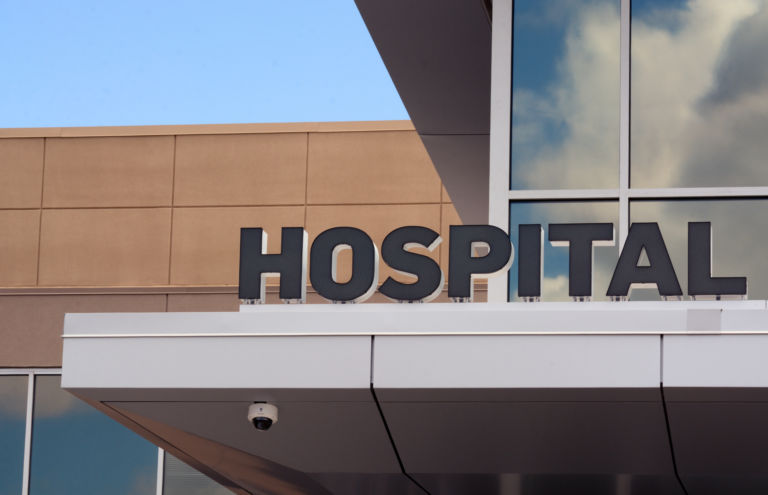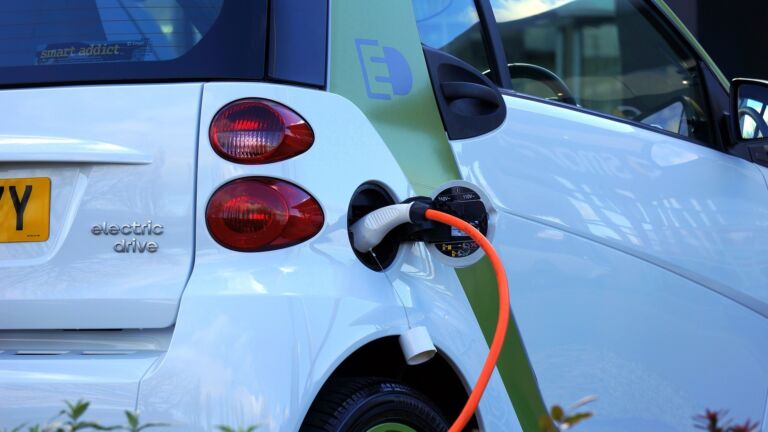Christopher Jacobs of the Federalist looks into Obamacare’s impact.
If health coverage is “free,” and will cover individuals’ pre-existing conditions after they develop them, is it really “insurance”?
Those dual questions should echo in Americans’ minds as the Biden administration attempts to trumpet enrollment increases on the Obamacare Exchanges. Some may view the development as less an expansion of health insurance and more like an illustration of Democrats’ bloated welfare state.
The “historic” announcement that 21.3 million individuals selected an Obamacare Exchange plan during this year’s open enrollment period came with a significant catch. According to the administration, “four in five healthcare.gov customers” — that is, the 16.3 million enrollees who selected a plan using the federally-run exchange — “were able to find health care coverage for $10 or less per month for plan year 2024 after subsidies.”
To take this statement at face value, at least 13 million Americans (80 percent of the 16.3 million using the federal exchange) only signed up for coverage when said coverage cost them less than $10 per month. If the 5 million people using state-based exchanges behaved in roughly the same way, that would mean about 17 million people — 13 million using healthcare.gov, and 4 million using state exchanges — only signed up for coverage that was “free” to them, or very nearly so.
In some respects, the insurance buying dynamic remains unchanged, 10 years after the exchanges first opened. Only individuals who qualify for the highest subsidies sign up in any great numbers. …
… However, the Biden administration and Democrats increased Obamacare subsidies, first in the 2021 “stimulus” measure, then for an additional three years in the Inflation (Reduction) Act. Because of those subsidies, some individuals now pay nothing for a benchmark insurance plan. Sure enough, the number of individuals below the threshold to receive “free” benchmark coverage rose dramatically under the new subsidy regime, and now totals nearly half (46 percent) of all exchange enrollees.


